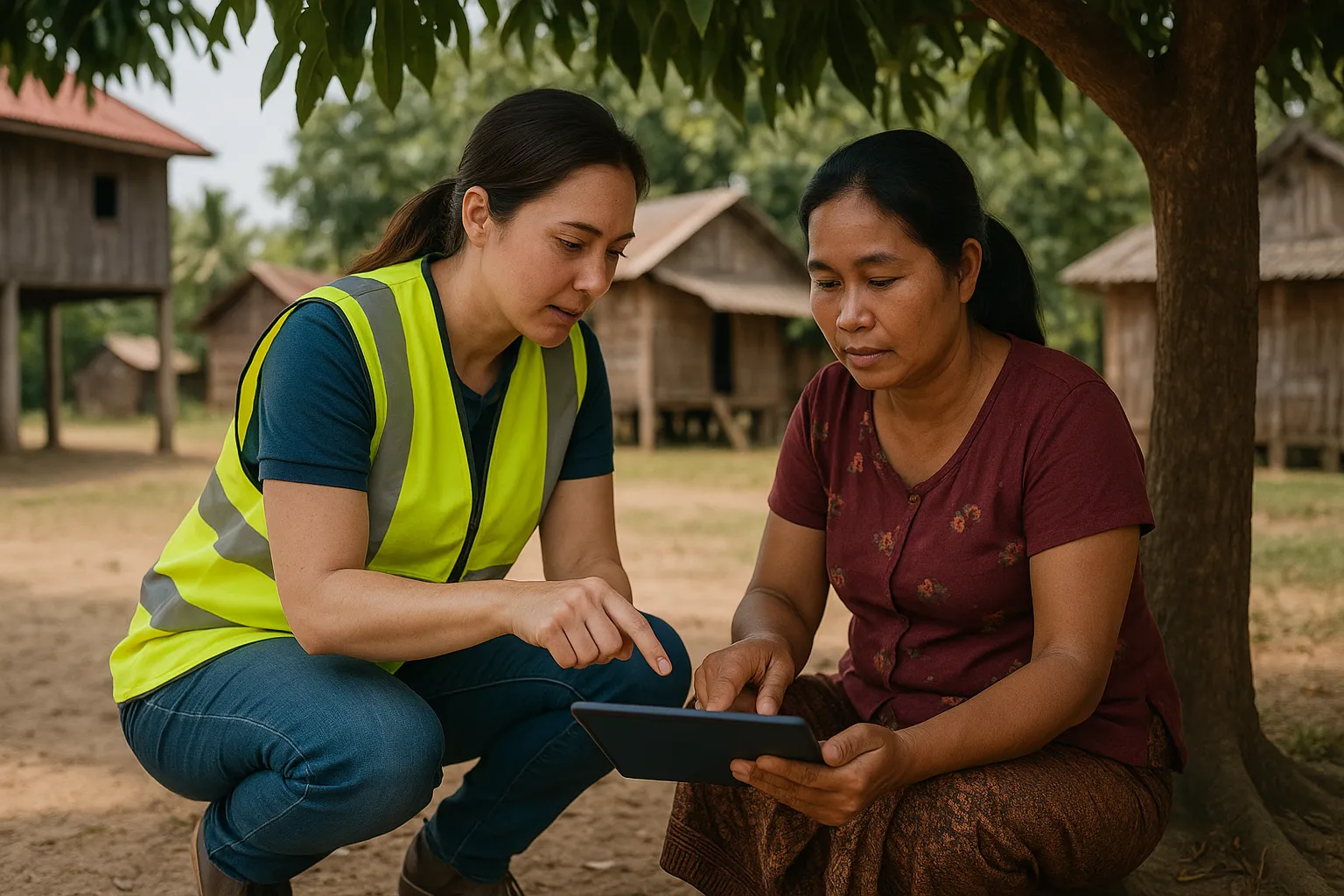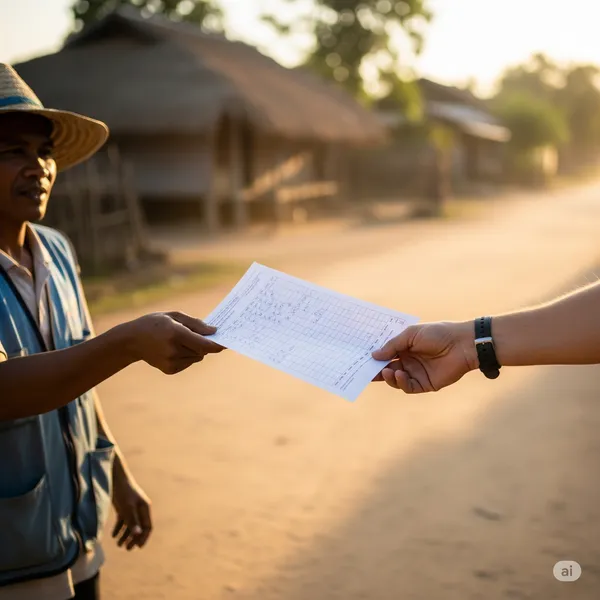Building Capacity, Not Dependency, in Third-Party Monitoring
Published on: Thu Aug 05 2021 by Ivar Strand
Building Capacity, Not Dependency: A Sustainable Approach to Third-Party Monitoring
In high-risk and remote operating environments, Third-Party Monitoring (TPM) is an essential instrument for donor assurance. The conventional model is straightforward: an independent agent is contracted to verify an implementing partner’s activities and report its findings. While this provides a necessary layer of accountability, it can foster a dynamic of inspection rather than partnership, creating resentment and long-term dependency.
This traditional approach misses a critical opportunity. A TPM engagement represents a significant investment of technical expertise. Instead of being a purely extractive exercise, it can be intentionally designed to strengthen the implementing partner’s own monitoring capabilities. The objective should be to work toward a future where external verification becomes less necessary.
This paper outlines a model for TPM that systematically integrates verification with sustainable capacity building, transforming the engagement from a compliance requirement into a partnership for institutional strengthening.
The Conventional Model: Verification as Extraction
The standard TPM process is often perceived, with some justification, as an external audit. A monitor, contracted by and reporting to a donor, assesses the performance of an implementing partner. The partner is the subject of the monitoring, not an active participant in the process. This model has several inherent limitations:
- It Fosters Dependency. By outsourcing the verification function entirely, local partners are not incentivised or equipped to develop their own robust M&E systems. This can make external monitoring a permanent, and costly, feature of the programme.
- It Can Undermine Partnership. The “inspector-subject” relationship can feel punitive. This may lead to defensive behaviour and a reluctance to share information openly, hindering the collaborative problem-solving needed for adaptive management.
- It is Static, Not Developmental. The model assesses performance at a single point in time. It confirms whether a task was completed but does little to improve the underlying systems and skills that drive future performance.
A Partnership Model: Integrating Verification and Capacity Building
A more strategic approach reframes the TPM engagement as a collaboration with a dual mandate: providing immediate assurance to the donor while building the long-term M&E capacity of the partner. This is built on four principles.
- Joint Framework Development. The process begins with a collaborative workshop involving the donor, the implementing partner, and the TPM provider. Together, they define the key monitoring questions, indicators, and methodologies. This ensures the framework is relevant, practical, and creates a sense of shared ownership.
- Mentorship, Not Just Monitoring. During data collection, the TPM provider’s field staff are paired with their counterparts from the implementing partner. The objective is twofold: to gather high-quality data and to provide hands-on mentorship in practical skills like survey techniques, focus group moderation, and observational analysis.
- Focus on Systems, Not Just Skills. Training individuals is important, but building institutional capacity is critical for sustainability. At Abyrint, we focus on helping partners develop and refine their core M&E systems—from simple data management protocols and reporting templates to internal routines for using data in decision-making. This ensures knowledge becomes embedded in the organisation.
- A Phased and Deliberate Handoff. The engagement should be designed with a clear, conditions-based plan for transitioning responsibilities. The ultimate goal is for the implementing partner to take ownership of its own M&E function, with the TPM provider’s role evolving from leader to mentor to, finally, a light-touch quality assurance partner.
The Three-Phase Capacity-Building Engagement
This partnership model can be implemented through a phased approach:
- Phase 1: TPM-Led Verification with Paired Teams. The TPM provider takes the lead on all monitoring activities to provide immediate, high-quality assurance to the donor. The partner’s M&E staff are fully integrated into the process as active learners and participants, building foundational skills.
- Phase 2: Partner-Led Monitoring with TPM Mentorship. The partner’s team assumes primary responsibility for data collection and analysis, using the co-developed tools. The TPM provider shadows their work, provides real-time coaching, and conducts independent spot-checks to validate the quality of the partner’s work and continue providing assurance.
- Phase 3: Partner-Owned M&E with TPM Quality Assurance. The partner now manages its own monitoring cycle. The TPM provider’s role transitions to a periodic quality assurance function, reviewing the partner’s systems, methodologies, and findings to confirm their integrity.
This gradual transfer of responsibility is the core of a sustainable approach.
Exhibit A: Shifting Roles in a Capacity-Building TPM Engagement (A conceptual diagram shows three stages. In Phase 1, a large box labelled “TPM Provider (Lead Responsibility)” contains a smaller box “Local Partner (Apprentice).” In Phase 2, the boxes are of equal size, labelled “Local Partner (Lead)” and “TPM Provider (Mentor/Shadow).” In Phase 3, the “Local Partner (Owner)” box is large, with a much smaller “TPM Provider (Quality Assurance)” box alongside it.)
From Oversight to Ownership
Viewing third-party monitoring through the lens of capacity building transforms its strategic value. The return on investment becomes twofold: immediate, credible verification for the donor and a lasting increase in the institutional strength of the local partner.
This approach requires a greater initial investment in collaboration, joint planning, and mentorship. However, it fosters a more constructive and respectful partnership. It systematically reduces long-term reliance on external monitors and contributes to a more sustainable and capable ecosystem of local institutions—which is, after all, a fundamental goal of most development efforts.



